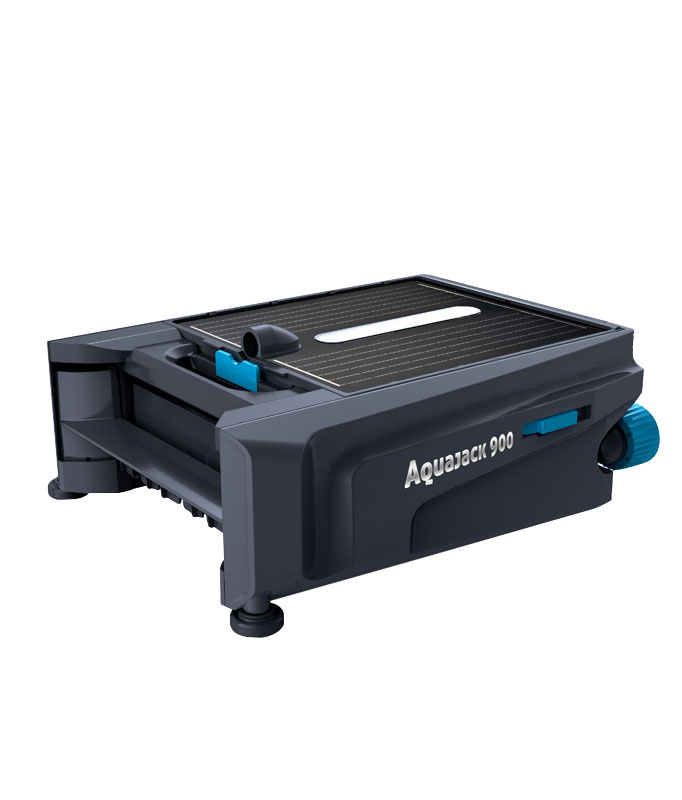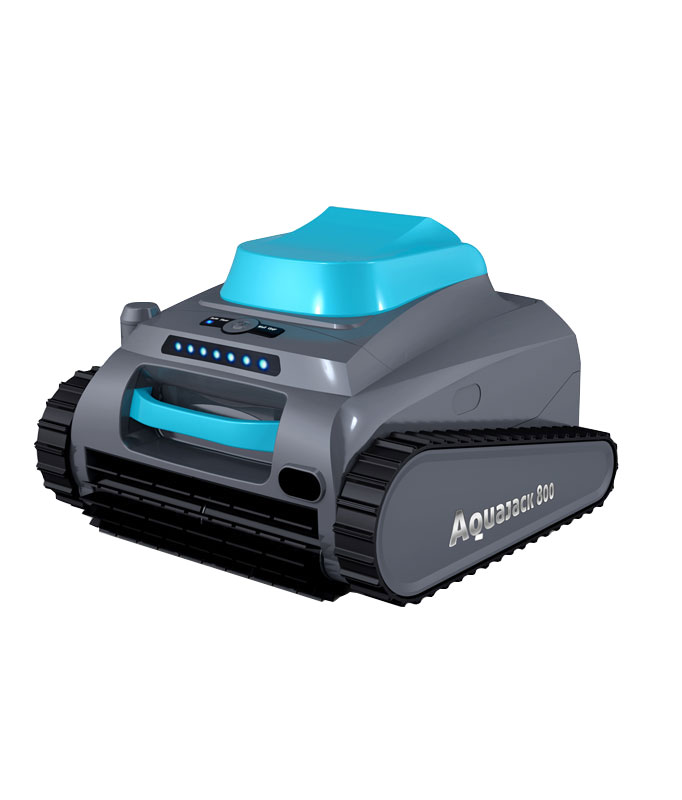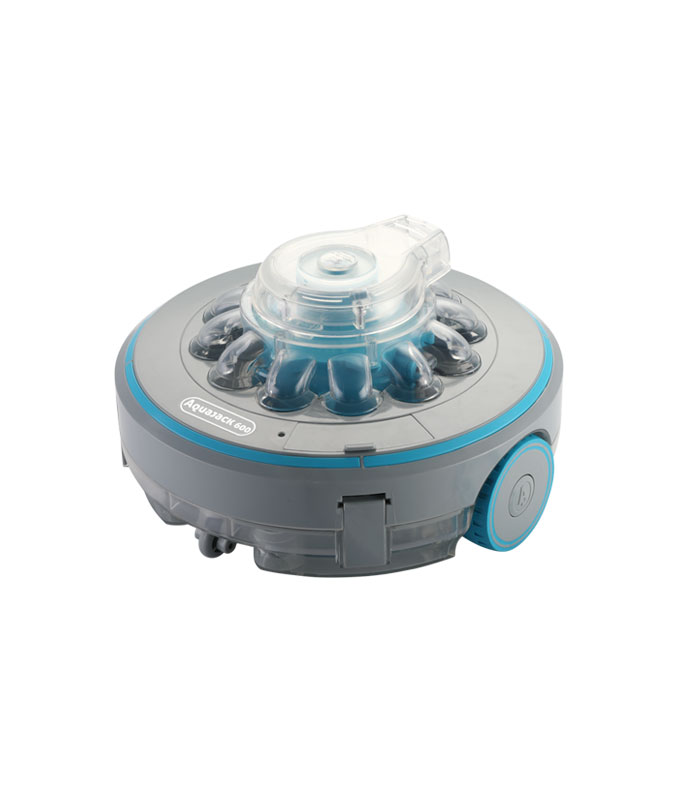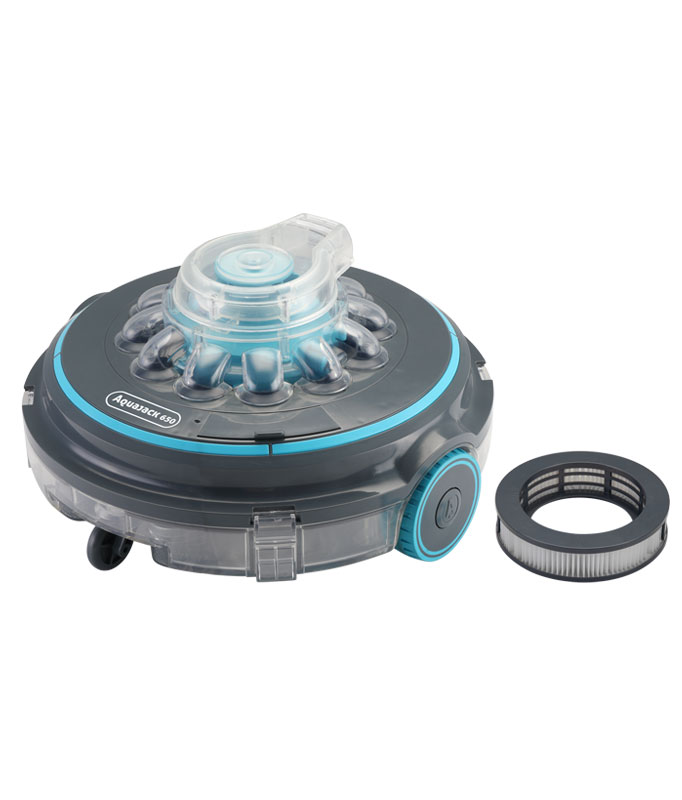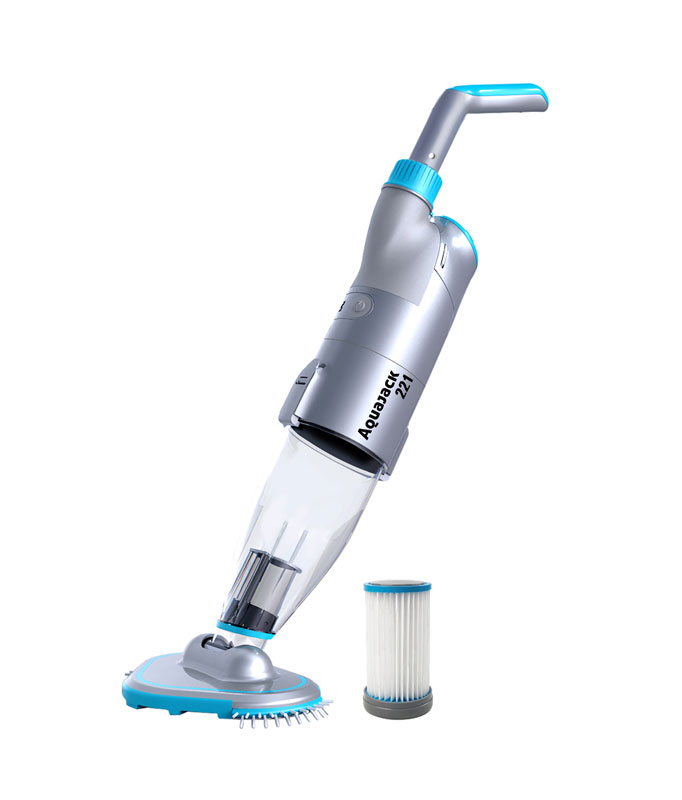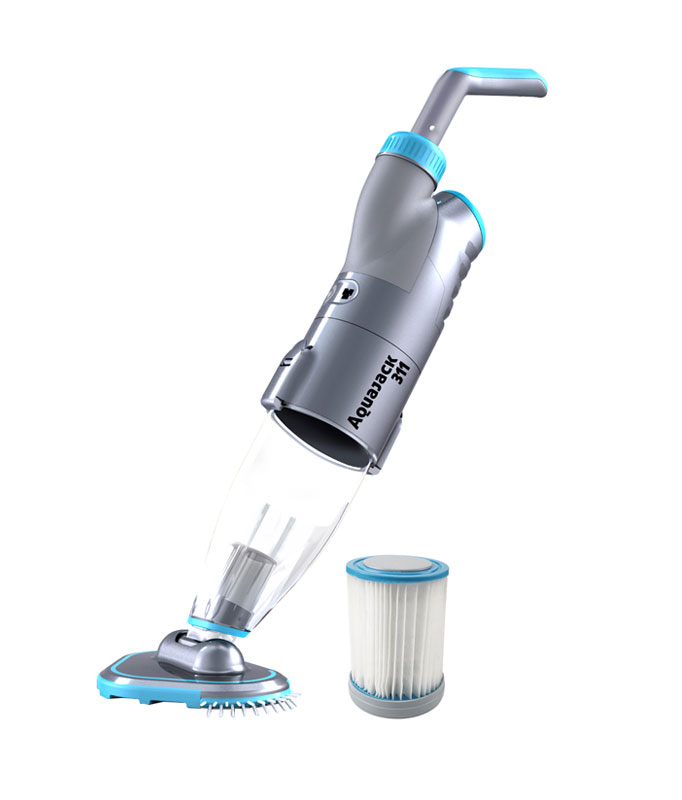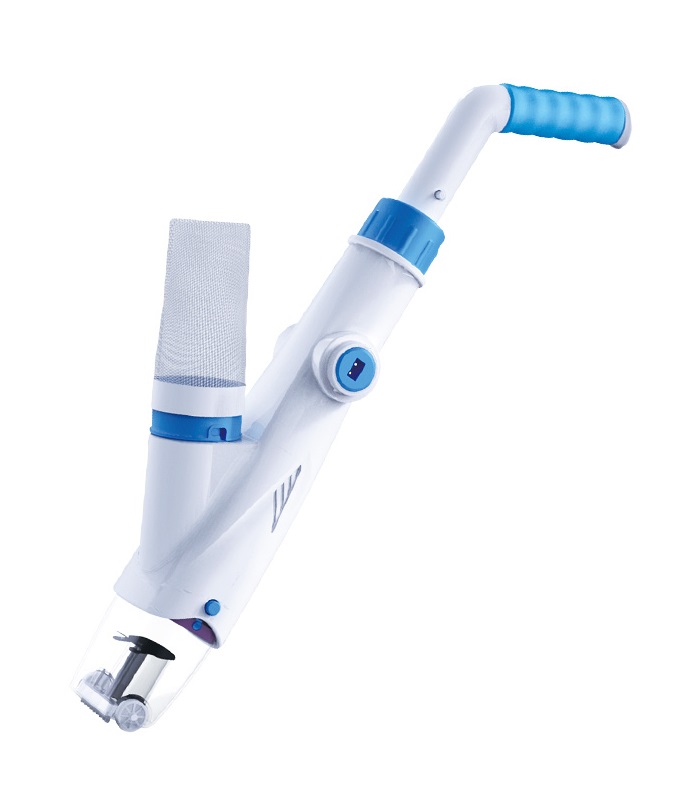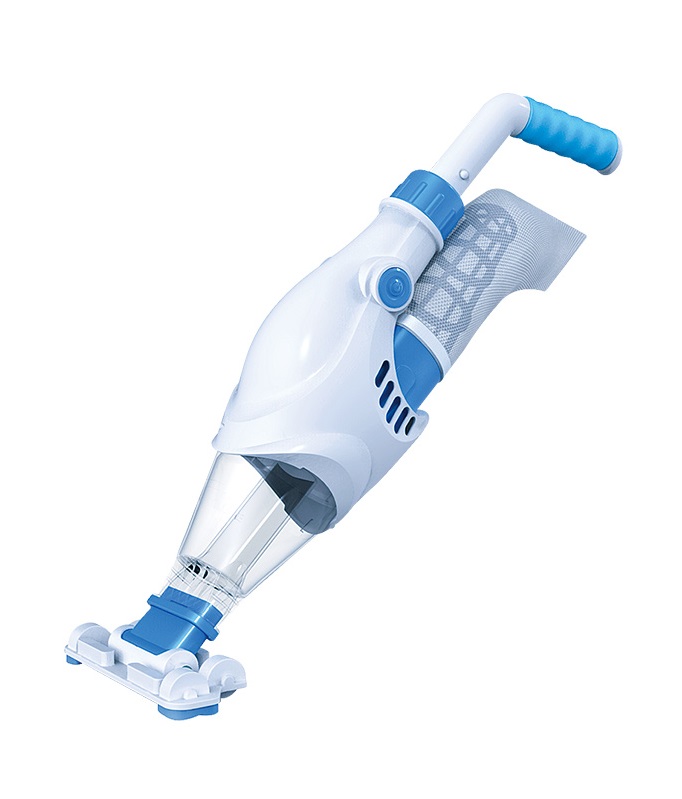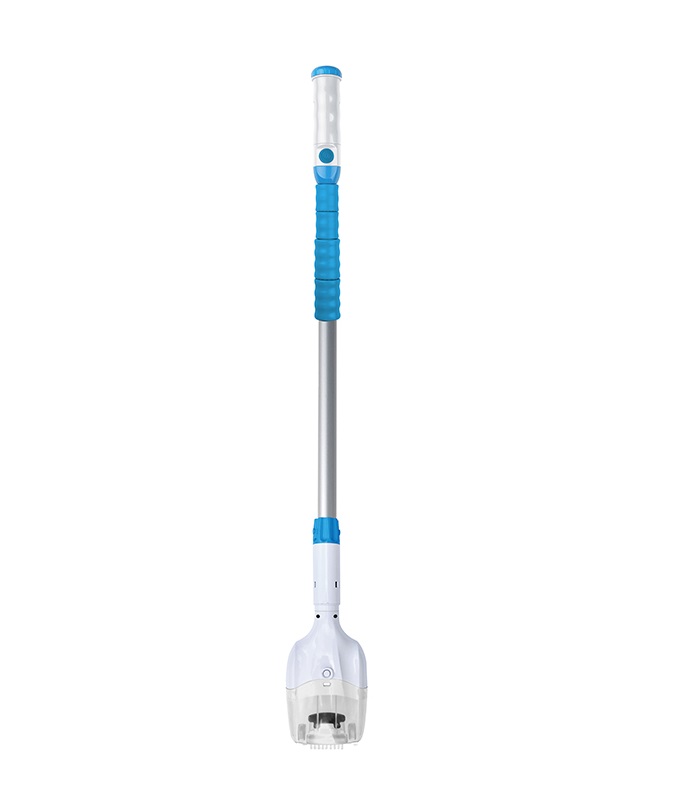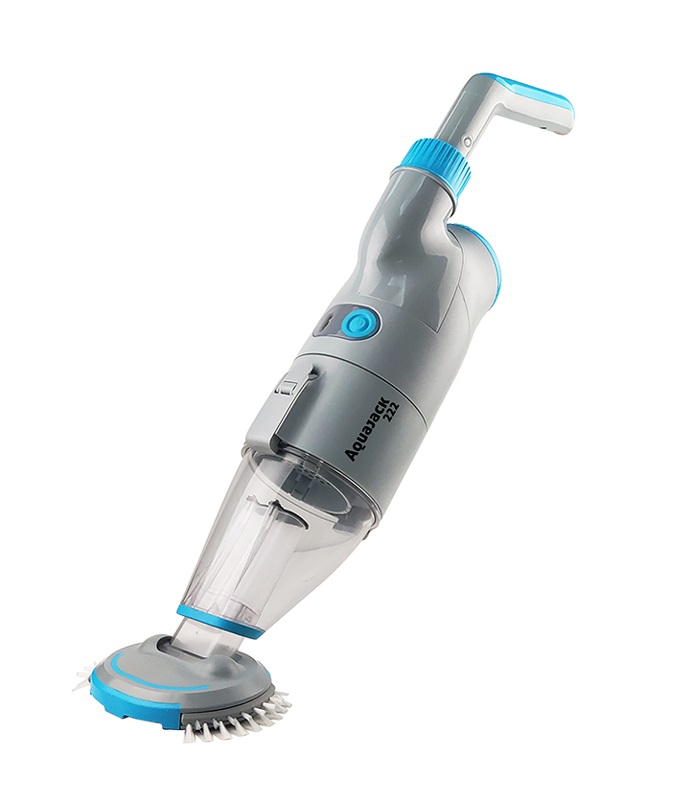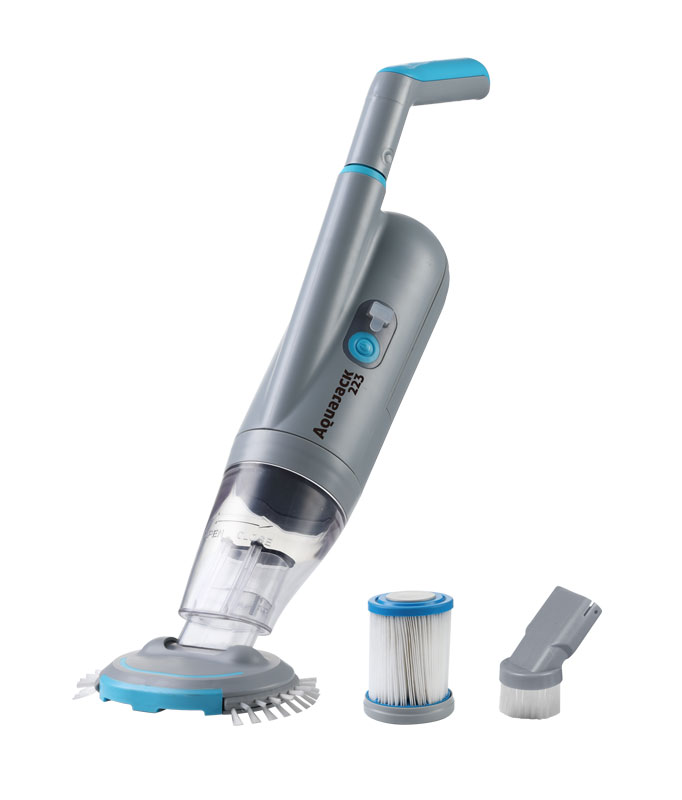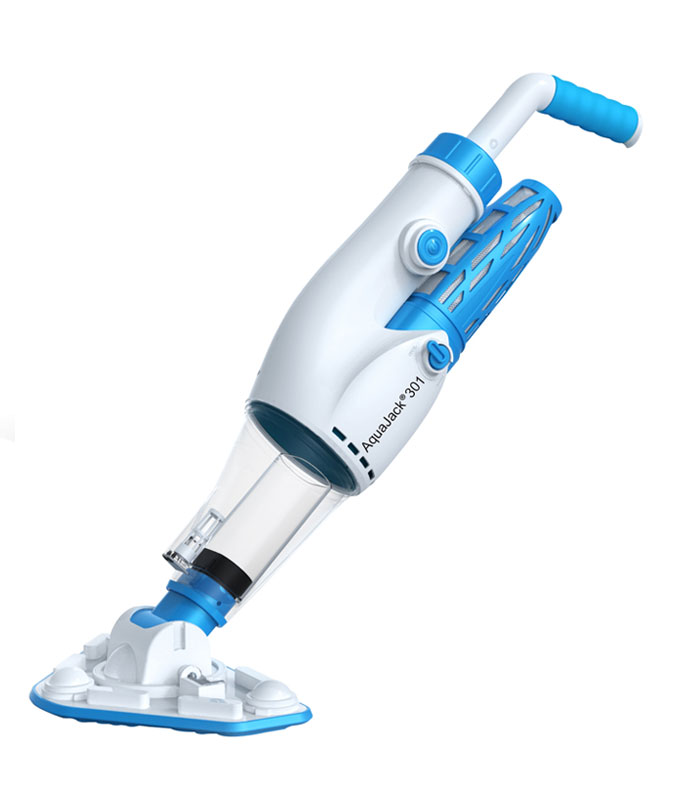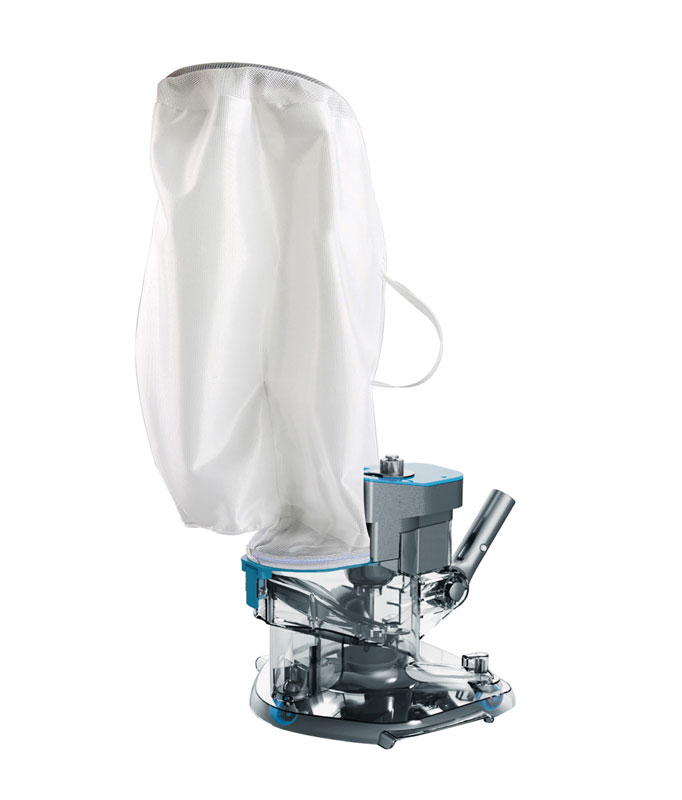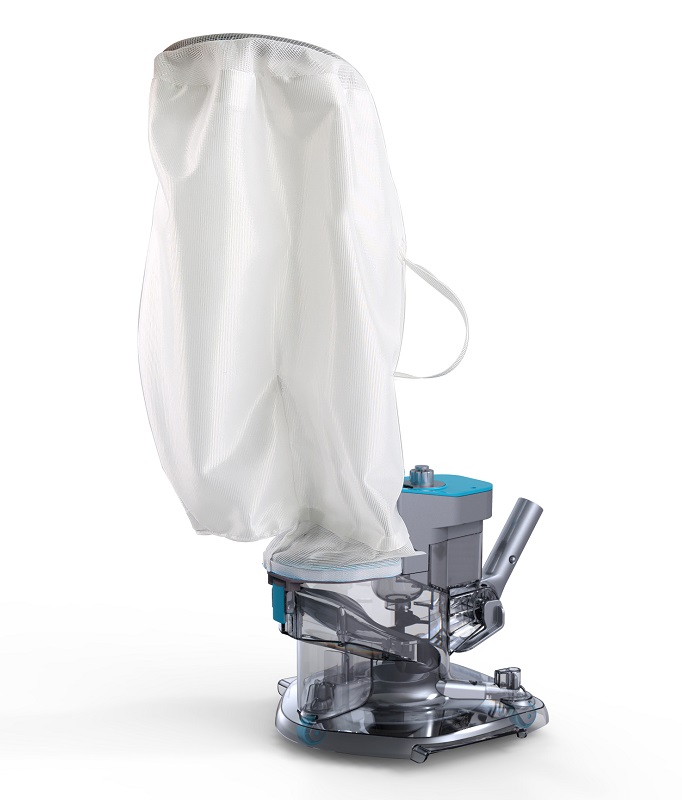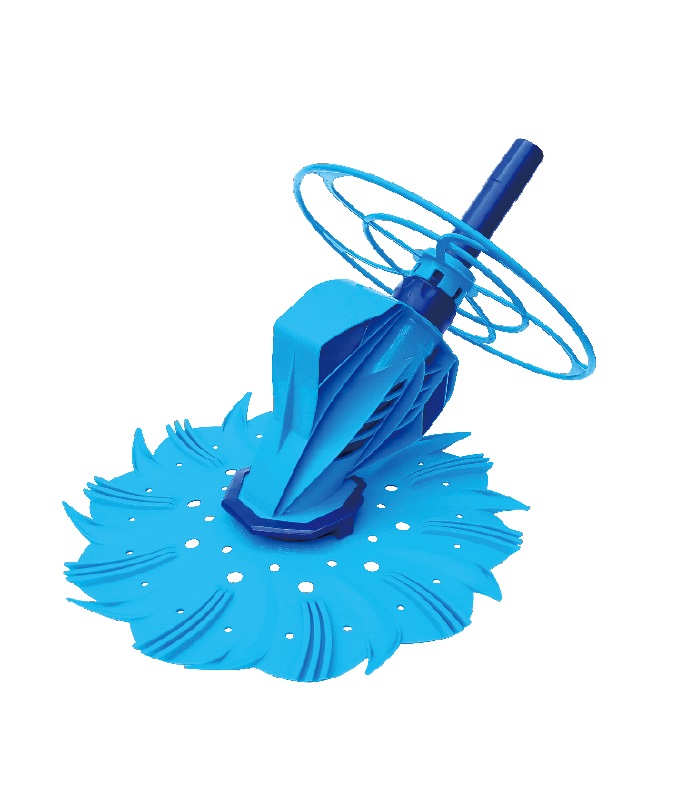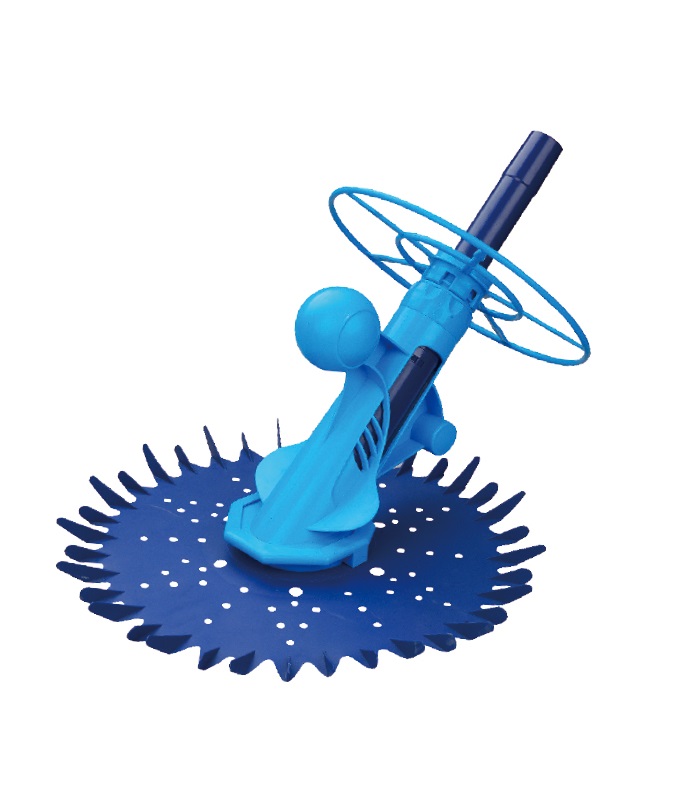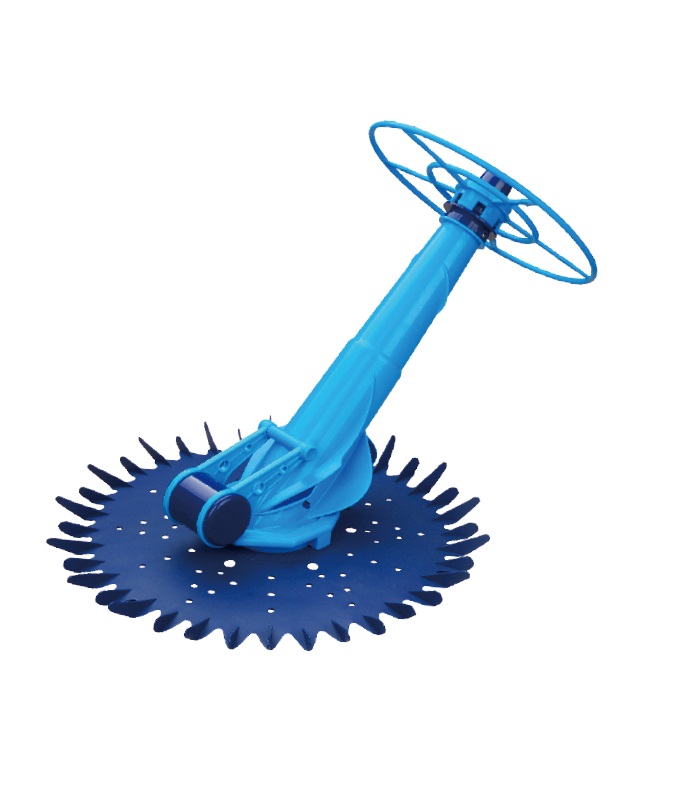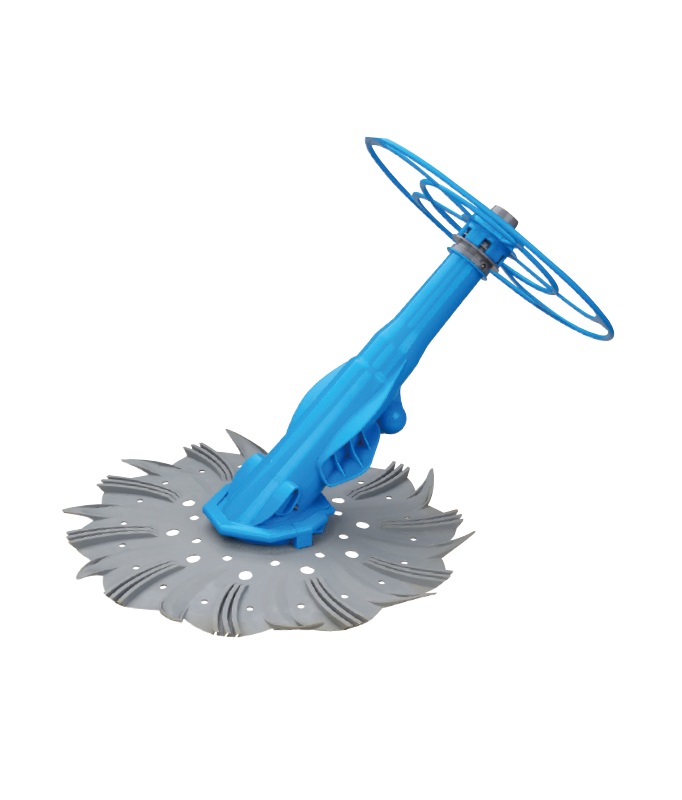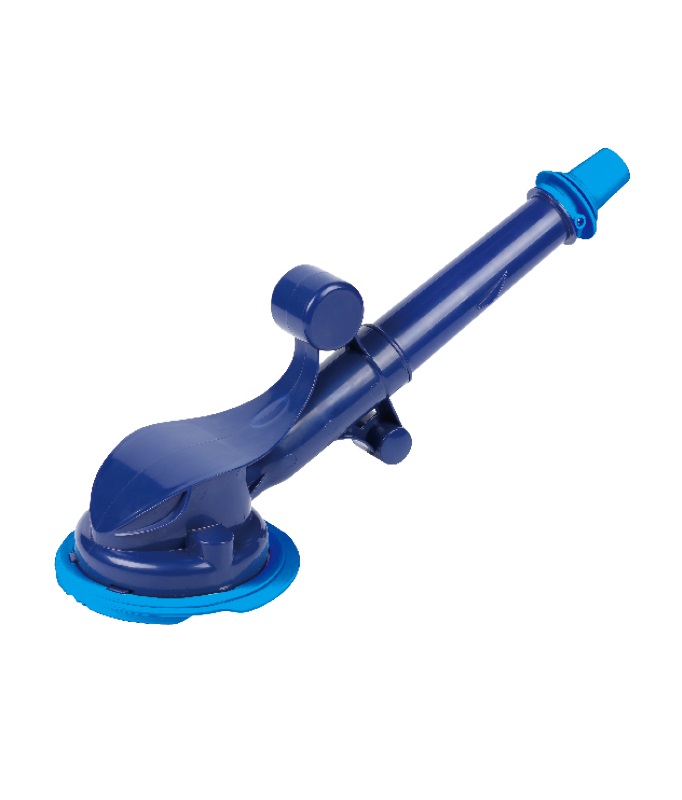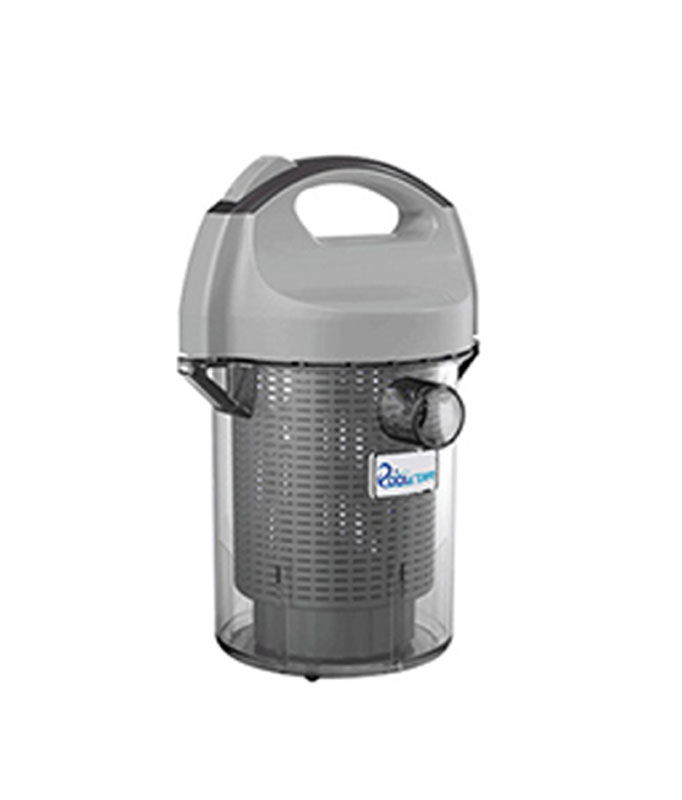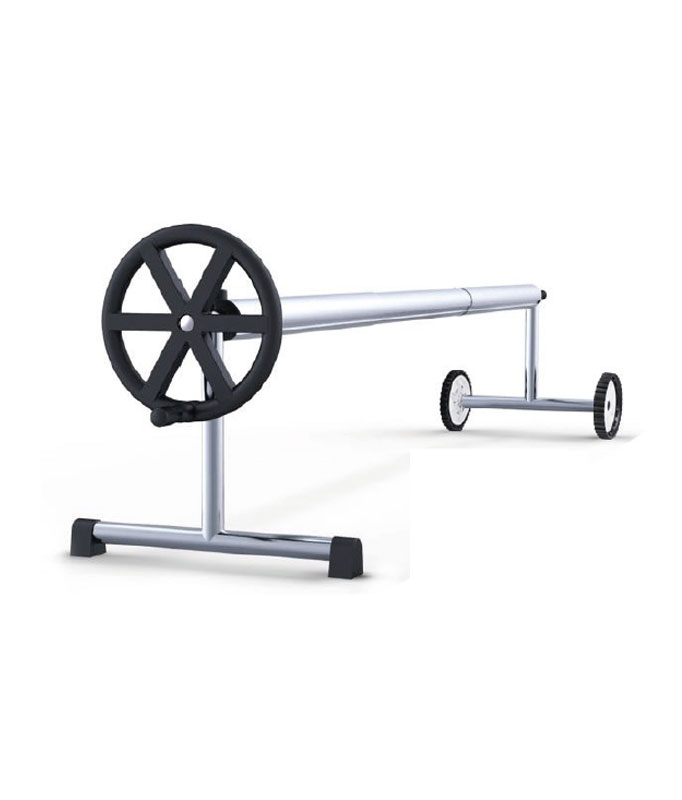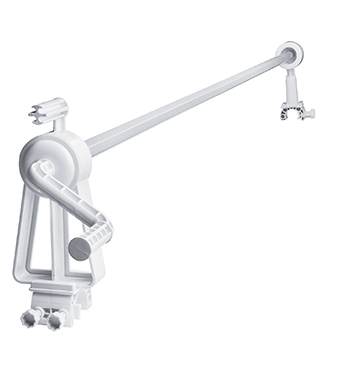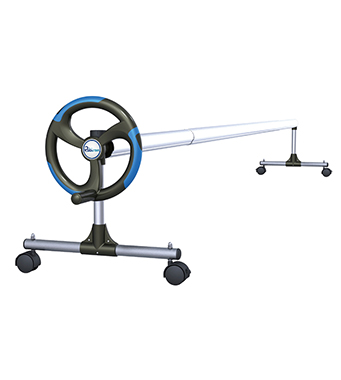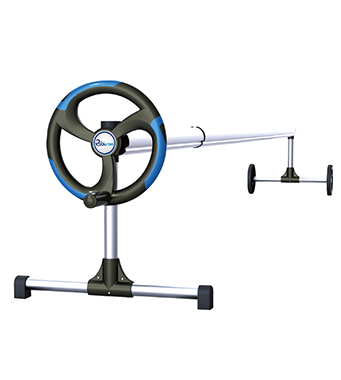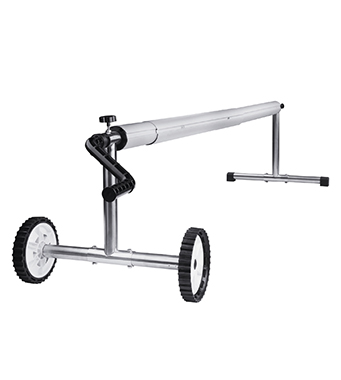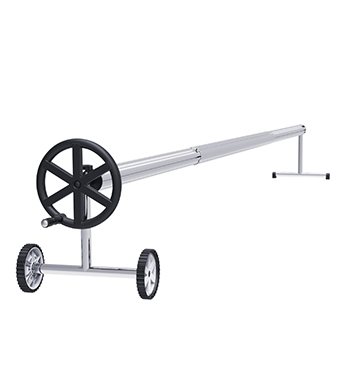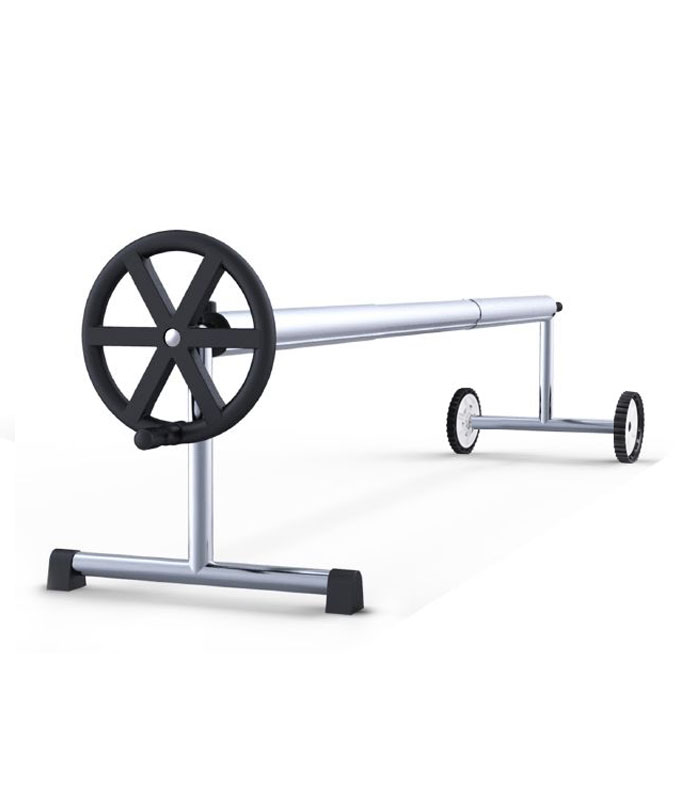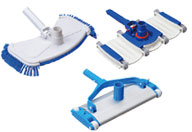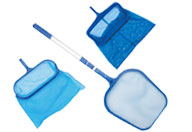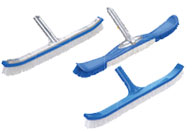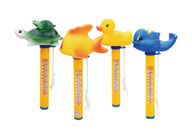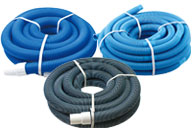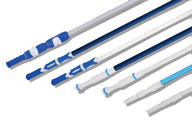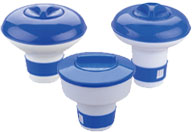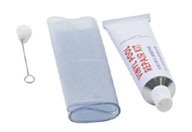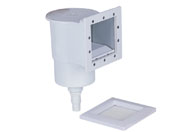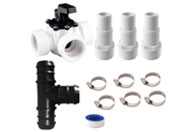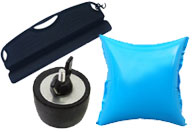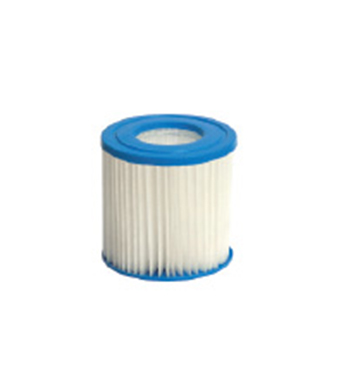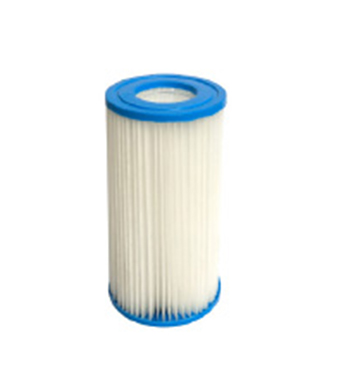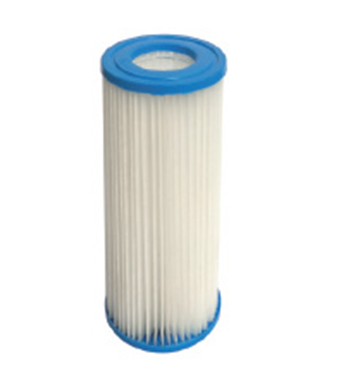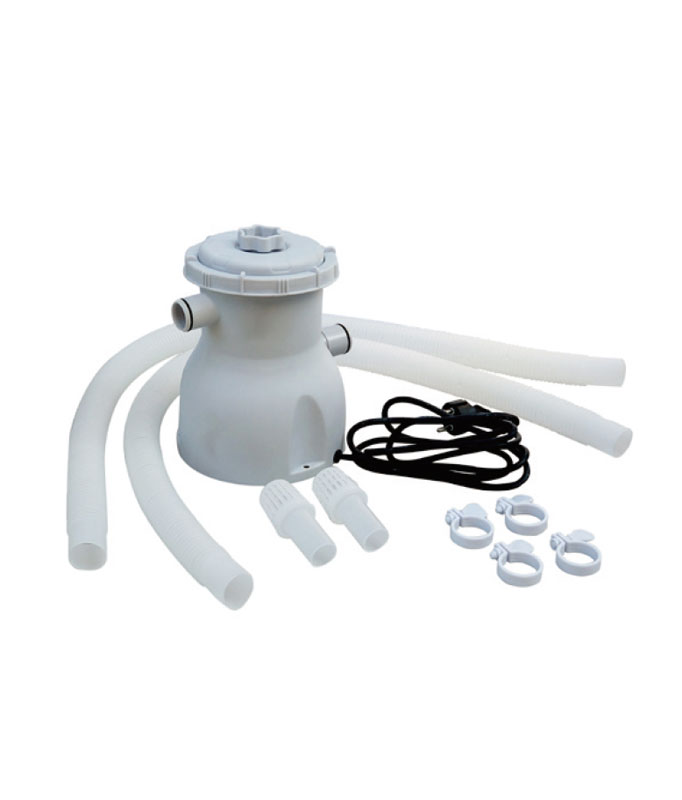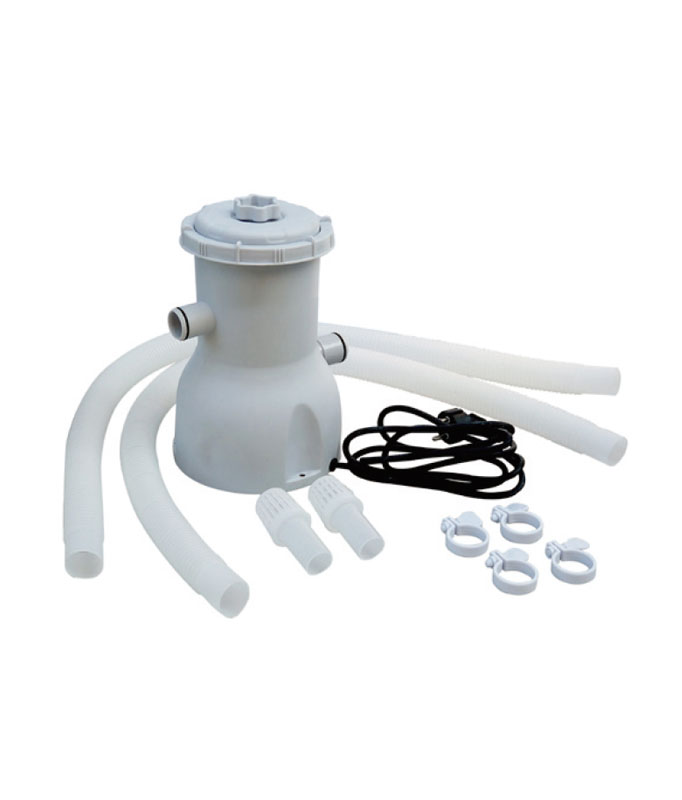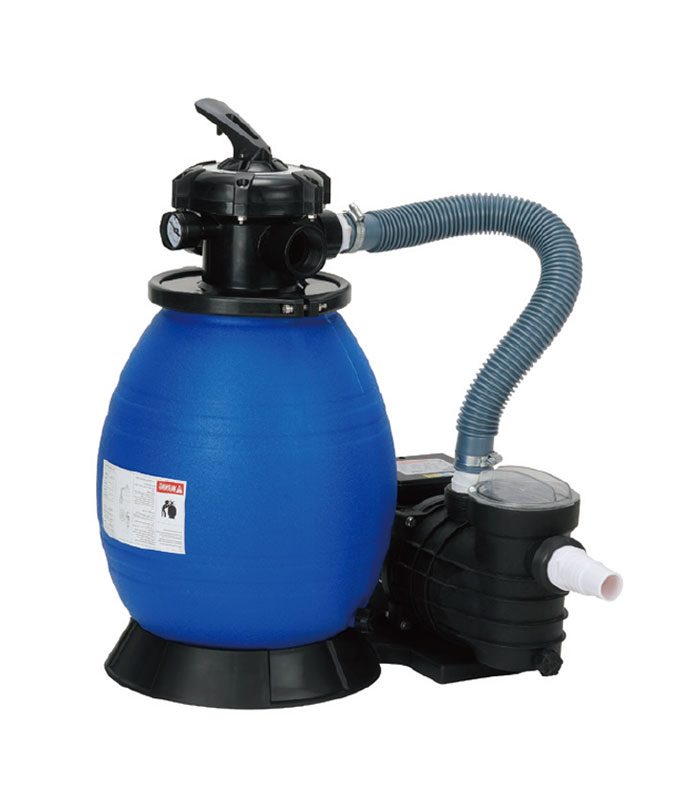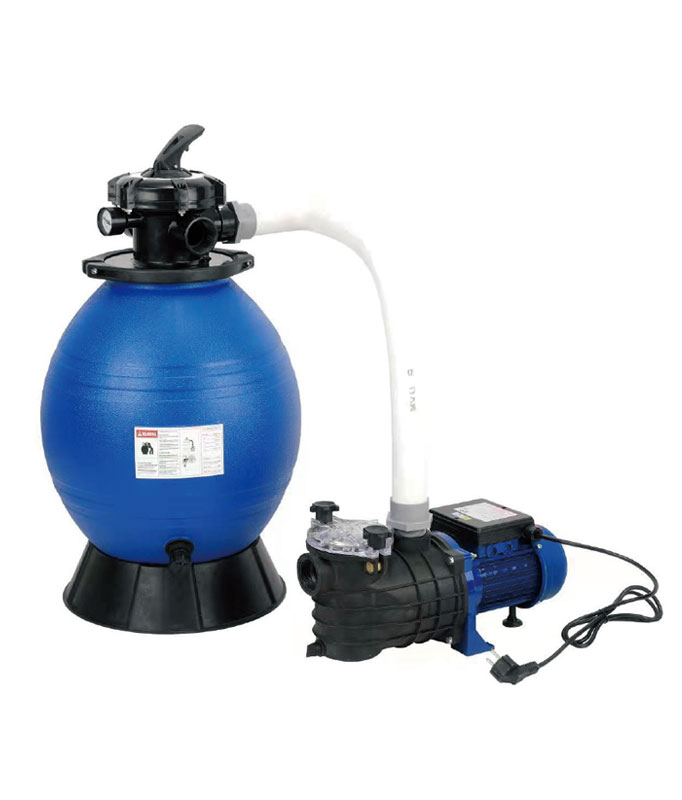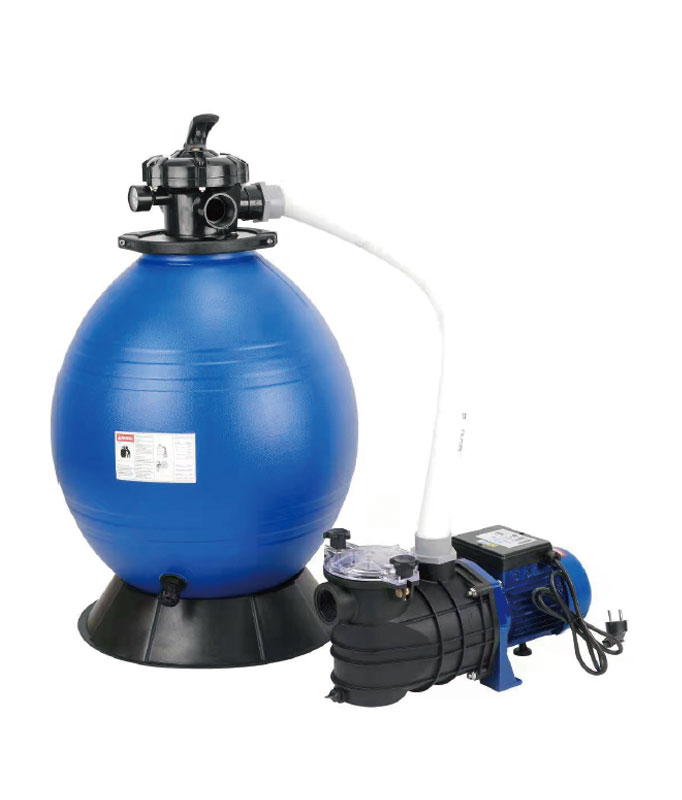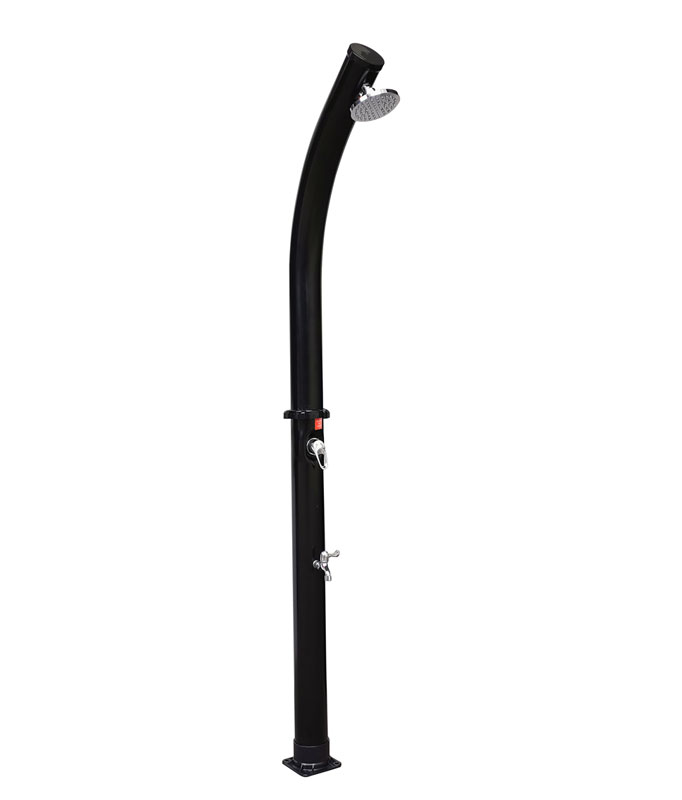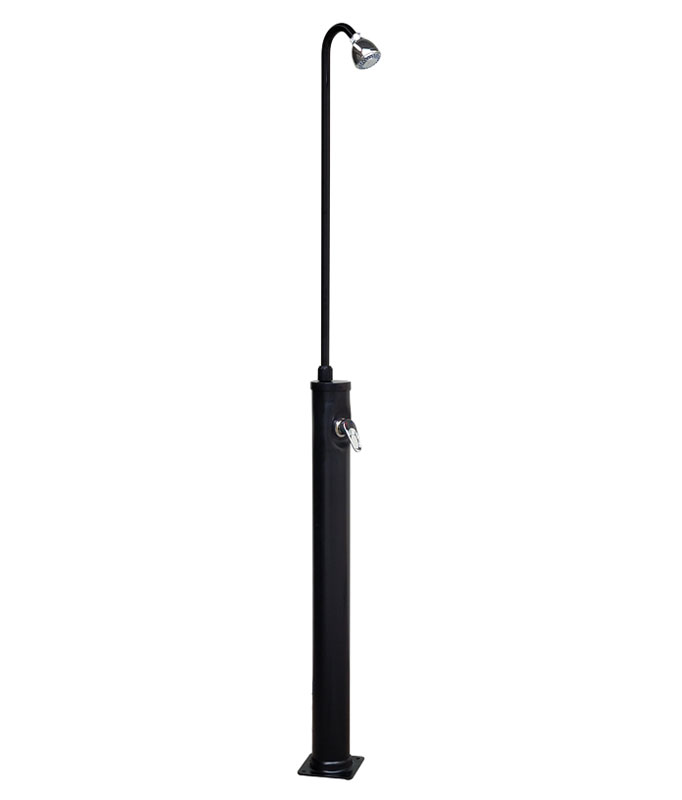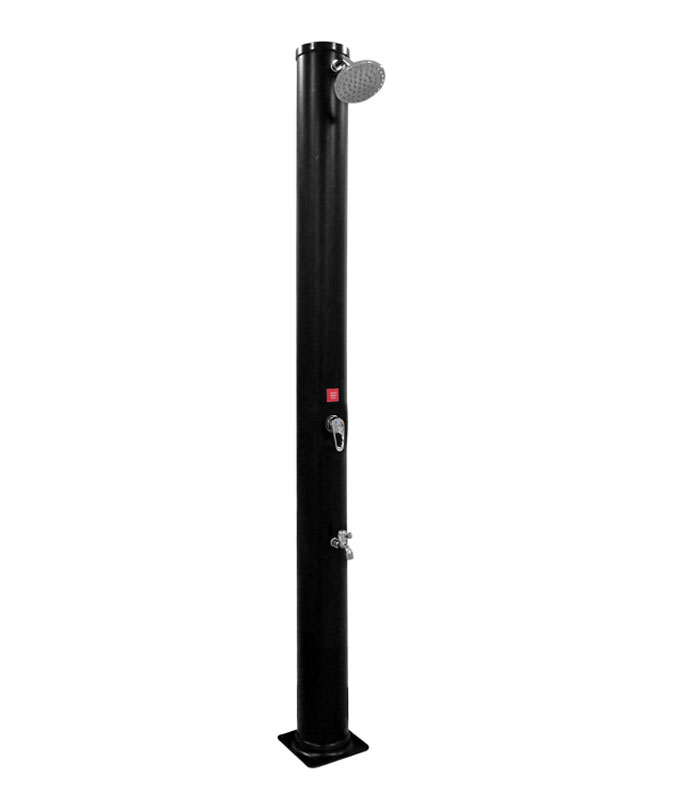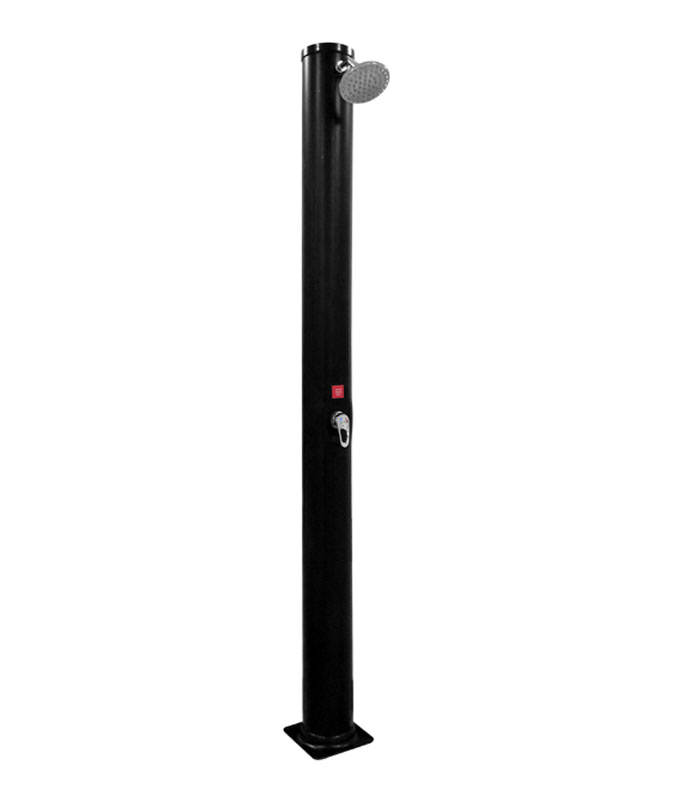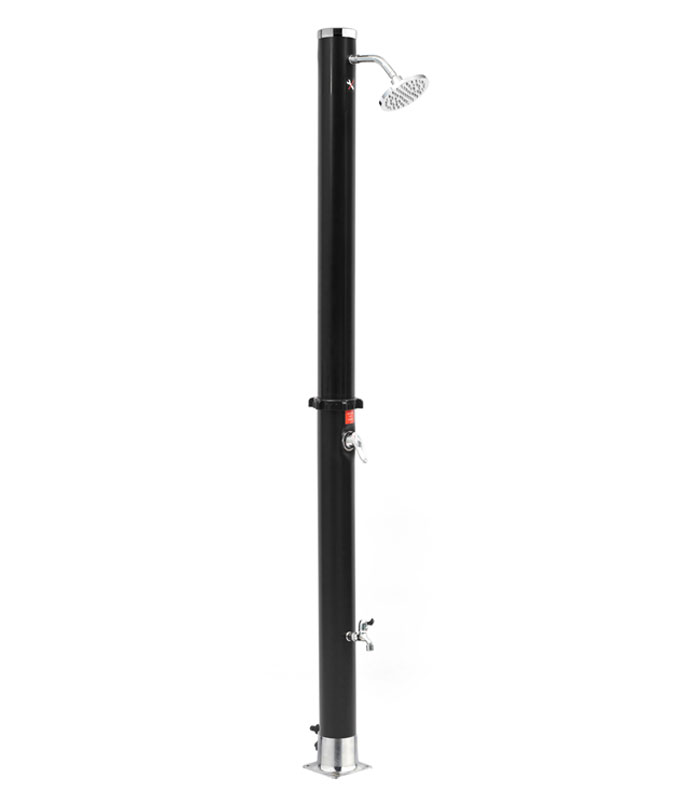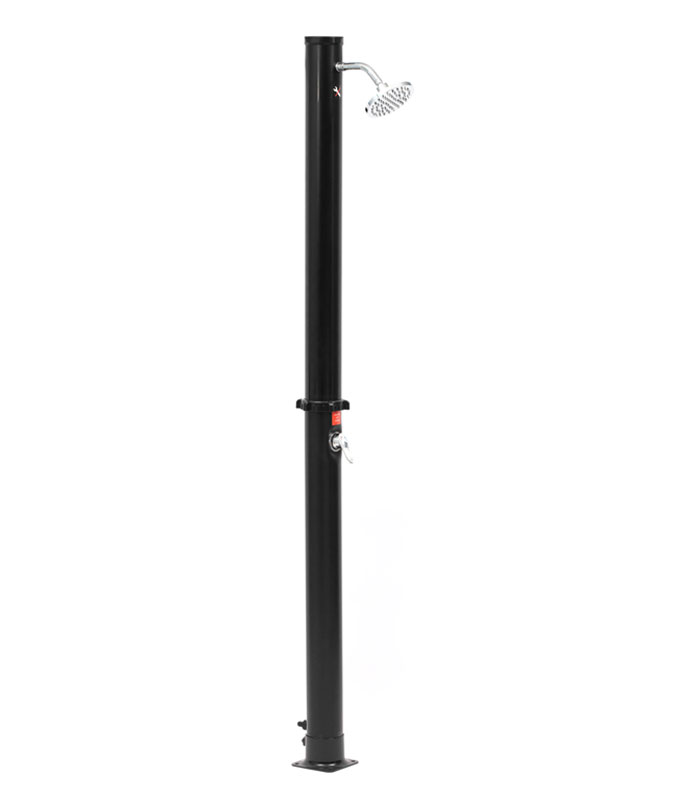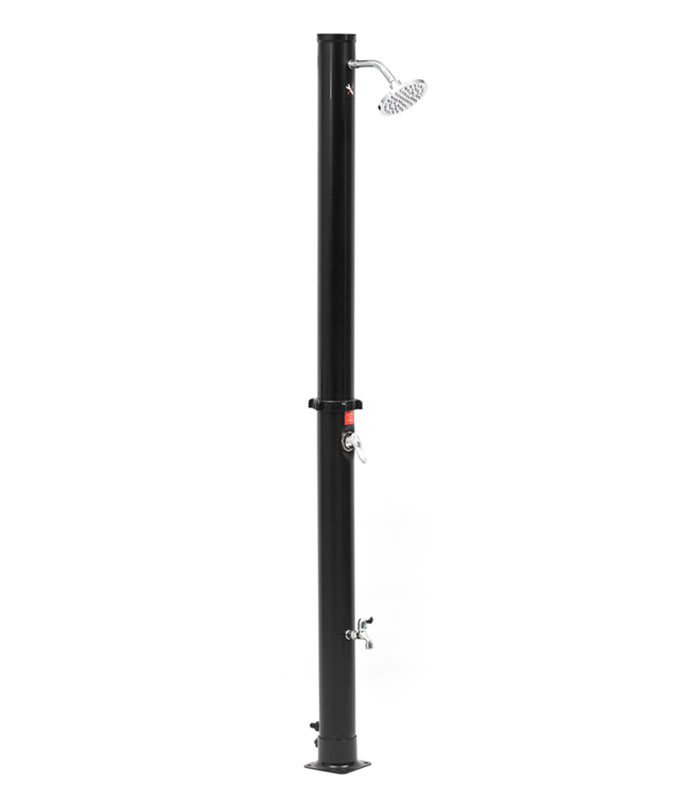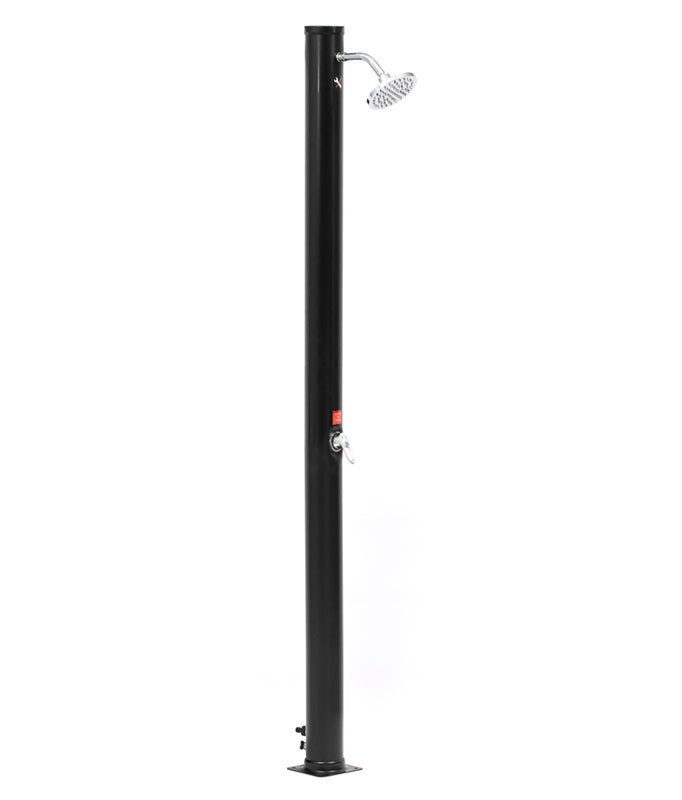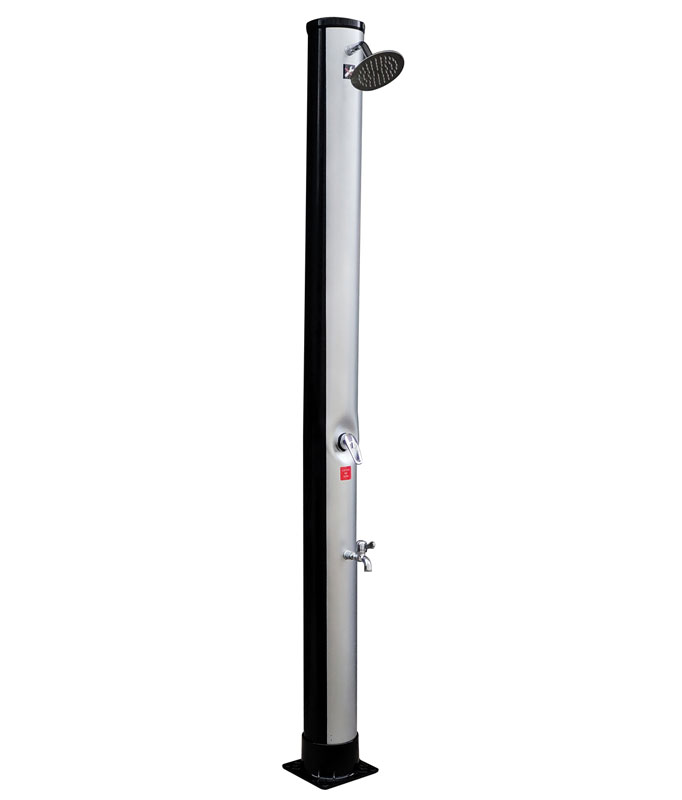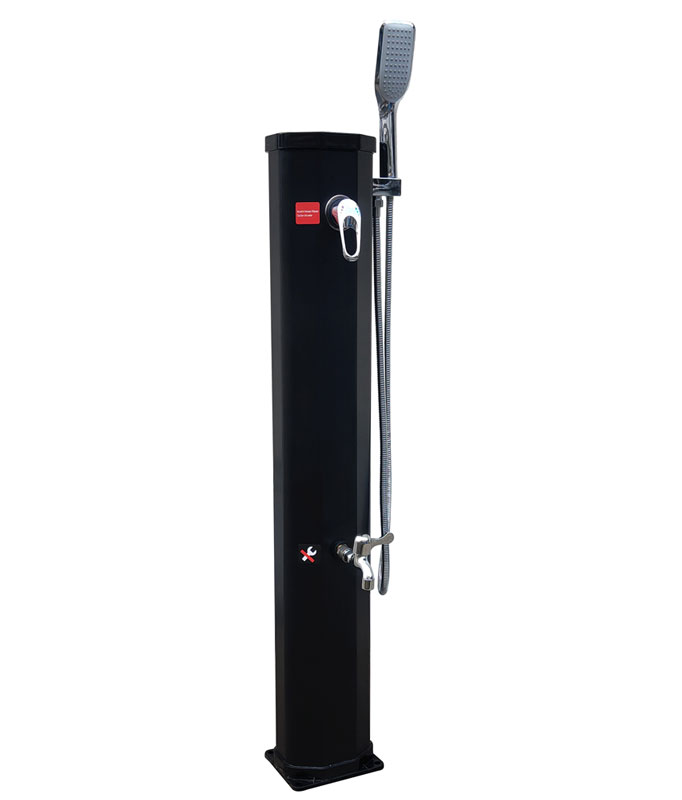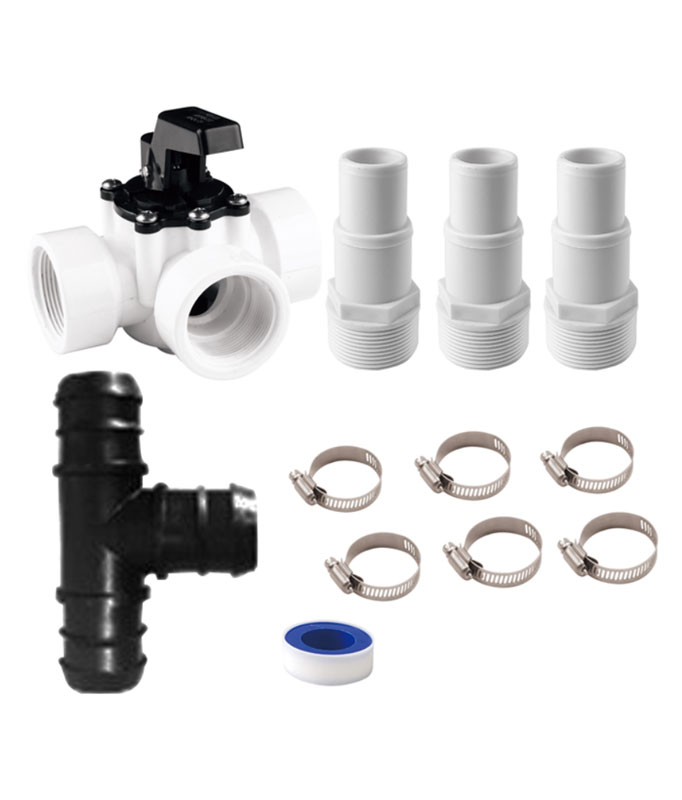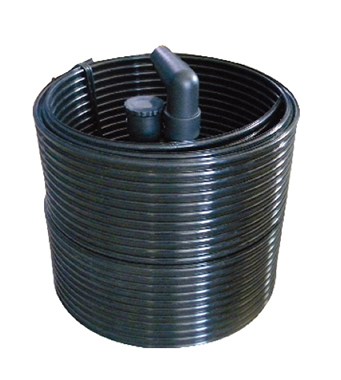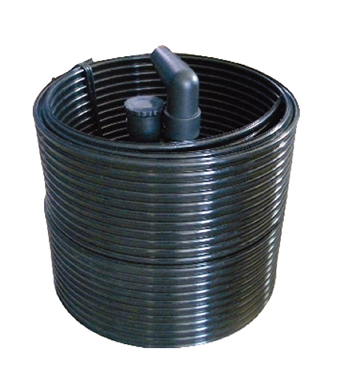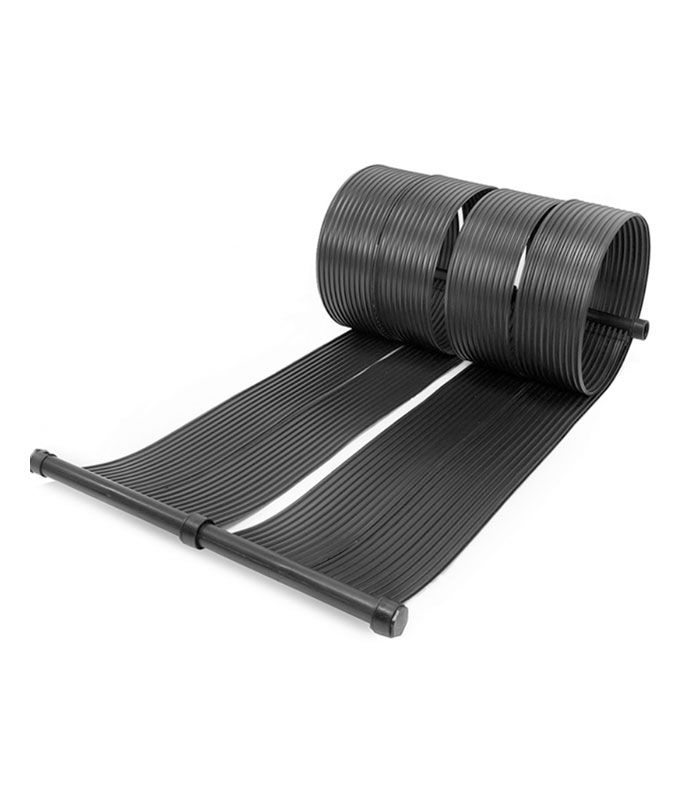A robotic pool cleaner that climbs walls efficiently keeps your pool spotless. You might wonder why your cleaner struggles with this task. Wall-climbing performance depends on several factors, like suction power, navigation, and adhesion. With proper adjustments and maintenance, you can conduct a verification of the climbing ability of the robot swimming pool cleaner on a 15° inclined pool wall. Explore advanced features and models, such as the Aquajack650 Pool Vacuum Cleaner, to ensure your cleaner performs at its best.
Key Takeaways
- Pick the right cleaning mode for climbing walls. This helps your pool cleaner use its power wisely.
- Clean the filter basket and brushes often. This keeps suction strong and helps it climb better.
- Try your cleaner on a wall tilted at 15°. Change settings if needed to make it work better.
Choose the Right Settings for Effective Wall Climbing
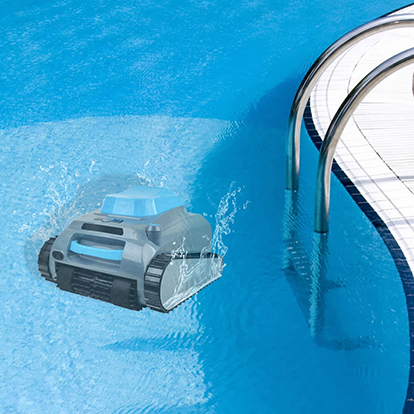
Importance of Selecting the Correct Cleaning Mode
Your robotic pool cleaner often comes with multiple cleaning modes. Each mode is designed for specific tasks, such as floor cleaning, waterline scrubbing, or wall climbing. Selecting the correct mode ensures the cleaner focuses on climbing walls effectively. If you choose a general cleaning mode, the robot may not prioritize wall climbing, leading to subpar results.
Check your cleaner’s manual to identify the mode optimized for wall climbing. Some models even allow you to customize settings for specific pool areas. By selecting the right mode, you help the cleaner allocate its energy and suction power where it matters most. This simple adjustment can significantly improve its climbing performance.
Tip: If your cleaner struggles with walls, try switching to a mode specifically designed for vertical surfaces. This can make a noticeable difference.
Adjusting Suction Power for Better Traction
Suction power plays a critical role in helping your robotic pool cleaner stick to walls. Insufficient suction can cause the cleaner to slip or fail to climb altogether. Most modern cleaners allow you to adjust suction power manually. Increasing suction improves traction, enabling the cleaner to grip the pool walls more effectively.
However, too much suction can strain the motor or reduce efficiency. Start by testing the cleaner at a moderate suction level, then gradually increase it until you find the optimal setting. Keep in mind that suction power may also depend on your pool’s surface material. For example, smooth tiles may require higher suction than rough concrete.
Note: Regularly clean the filter basket to maintain consistent suction power. A clogged filter can reduce performance and hinder wall climbing.
Verification of the Climbing Ability of the Robot Swimming Pool Cleaner on a 15° Inclined Pool Wall
Testing your robotic pool cleaner’s climbing ability is essential to ensure it performs as expected. Begin by observing how well it handles a 15° inclined pool wall. This angle provides a good benchmark for evaluating its traction and suction capabilities.
Place the cleaner in the pool and monitor its movement as it approaches the incline. Does it climb smoothly, or does it struggle to maintain grip? If it fails, consider adjusting the suction power or switching to a wall-specific cleaning mode. Repeat the test after making these changes to see if there’s improvement.
Some advanced models come with built-in diagnostics to help you assess performance. These features can provide insights into why the cleaner might be struggling. Regular verification of the climbing ability of the robot swimming pool cleaner on a 15° inclined pool wall ensures it remains efficient and effective over time.
Pro Tip: Conduct this test under different conditions, such as varying water temperatures or after adjusting water chemistry. This helps you identify factors that may affect performance.
Maintain Your Robotic Pool Cleaner for Optimal Performance
Regularly Clean the Filter Basket and Brushes
Keeping the filter basket and brushes clean is essential for your robotic pool cleaner’s efficiency. Dirt, debris, and algae can clog the filter basket, reducing suction power and hindering wall-climbing performance. Brushes covered in grime lose their ability to scrub surfaces effectively.
To maintain optimal performance, remove the filter basket after each cleaning cycle. Rinse it thoroughly with water to clear out debris. For brushes, inspect them weekly and scrub off any buildup using a soft brush or sponge. If the brushes show signs of wear, replace them promptly.
Tip: A clean filter basket ensures consistent suction power, which is crucial for climbing pool walls. Neglecting this step can lead to poor results, especially when testing the cleaner’s ability on inclined surfaces.
Inspect and Replace Worn-Out Tracks or Wheels
Tracks or wheels play a vital role in your robotic pool cleaner’s mobility. Worn-out tracks reduce traction, making it difficult for the cleaner to climb walls or navigate uneven surfaces. Regular inspections help you identify wear and tear before it affects performance.
Check the tracks or wheels for cracks, thinning, or loss of grip. If you notice any damage, replace them immediately. Many manufacturers offer replacement parts that are easy to install. By keeping the tracks or wheels in good condition, you ensure the cleaner maintains its ability to climb walls, even on challenging surfaces like a 15° inclined pool wall.
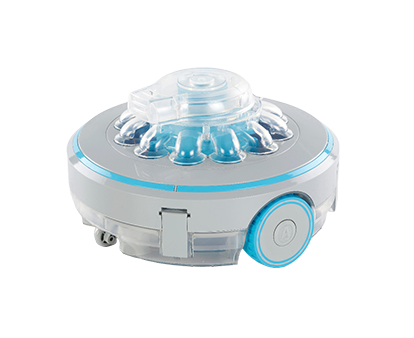
Pro Tip: Conduct a verification of the climbing ability of the robot swimming pool cleaner on a 15° inclined pool wall after replacing tracks or wheels. This test confirms whether the new parts improve traction and climbing efficiency.
Check and Calibrate Sensors for Accurate Navigation
Sensors guide your robotic pool cleaner, helping it navigate the pool and climb walls effectively. Misaligned or dirty sensors can cause navigation errors, leading to missed spots or difficulty climbing vertical surfaces. Regular calibration ensures the cleaner operates as intended.
Start by inspecting the sensors for dirt or debris. Use a soft cloth to wipe them clean. If the cleaner struggles with navigation, refer to the user manual for calibration instructions. Many models allow you to recalibrate sensors through the control panel or app.
Note: Accurate sensors improve the cleaner’s ability to detect and climb walls. This is especially important when testing its performance on inclined surfaces.
Leverage Advanced Features to Boost Wall-Climbing Ability
Benefits of Smart Navigation and Mapping Systems
Smart navigation systems help your robotic pool cleaner move efficiently. These systems use advanced algorithms to map your pool’s layout. They identify walls, corners, and obstacles, ensuring the cleaner doesn’t miss any spots. With precise mapping, the cleaner can focus on climbing walls and scrubbing them thoroughly.
If your cleaner struggles with navigation, check if it has a mapping feature. Many modern models include this technology. You can activate it through the control panel or app. Once enabled, the cleaner learns your pool’s structure and adjusts its path for better performance.
Tip: Choose a model with smart navigation if your current cleaner lacks this feature. It saves time and improves cleaning results.
Role of High-Traction Wheels or Tracks
High-traction wheels or tracks improve grip on pool walls. They prevent slipping and ensure smooth climbing. If your cleaner has worn-out wheels, its ability to climb walls decreases. Replacing them with high-traction options restores performance.
Inspect the wheels or tracks regularly. Look for signs of wear, such as cracks or thinning. Upgrade to models designed for climbing if your cleaner struggles on vertical surfaces. High-traction components work well on smooth tiles and rough concrete alike.
Pro Tip: Test your cleaner’s climbing ability after upgrading its wheels. This confirms whether the new parts improve traction.
How Lightweight Design Enhances Climbing Efficiency
Lightweight cleaners climb walls more easily. Heavy models often struggle with vertical surfaces due to their weight. A lighter design reduces strain on the motor and improves suction efficiency.
If your cleaner is bulky, consider switching to a lightweight model. These cleaners use less energy and perform better on steep inclines. Many lightweight designs also include advanced features like smart navigation and high-traction wheels.
Note: Lightweight cleaners are ideal for pools with steep walls or unique shapes. They combine efficiency with durability for optimal results.
Actionable Tips to Improve Wall-Climbing Performance
Adjust Water Chemistry for Better Adhesion
Water chemistry directly affects your robotic pool cleaner’s ability to climb walls. Improper pH levels or excessive calcium buildup can make pool surfaces slippery, reducing adhesion. Test your pool water regularly using a water testing kit. Aim for a pH level between 7.2 and 7.6, as this range promotes optimal adhesion.
If you notice scaling or slippery walls, adjust the water chemistry accordingly. Use a pH reducer or increaser to balance the levels. For calcium buildup, apply a descaling agent to the pool walls. These adjustments improve the cleaner’s grip and enhance its climbing performance.
Tip: After adjusting water chemistry, conduct a verification of the climbing ability of the robot swimming pool cleaner on a 15° inclined pool wall. This ensures the changes positively impact its performance.
Test and Troubleshoot in Different Pool Conditions
Testing your robotic pool cleaner in various conditions helps identify factors that affect its wall-climbing ability. Start by observing its performance in different water temperatures. Cold water may stiffen the cleaner’s tracks, while warm water can improve flexibility.
Next, test the cleaner on different pool surfaces, such as smooth tiles or rough concrete. Each surface type requires unique traction adjustments. If the cleaner struggles, troubleshoot by checking suction power, tracks, and cleaning mode. Make small changes and test again to find the optimal settings.
Pro Tip: Conduct regular verification of the climbing ability of the robot swimming pool cleaner on a 15° inclined pool wall during these tests. This helps you pinpoint issues and refine its performance.
Upgrade to a Model with Enhanced Climbing Features
If your current robotic pool cleaner consistently struggles with wall climbing, consider upgrading to a model designed for this task. Look for features like high-traction wheels, lightweight design, and smart navigation systems. These enhancements improve grip, reduce energy consumption, and ensure efficient cleaning.
Research models that excel in climbing performance. Many advanced cleaners include diagnostics to assess their climbing ability. Before purchasing, verify that the model can handle steep inclines, such as a 15° inclined pool wall. This ensures you invest in a cleaner that meets your pool’s needs.
Note: Upgrading to a specialized model saves time and effort while keeping your pool spotless.
Optimizing your robotic pool cleaner’s wall-climbing performance involves selecting the right settings, maintaining its components, and leveraging advanced features. Regular testing and upgrades ensure consistent results. By applying these strategies, you’ll enjoy a cleaner, more efficient pool. A well-maintained cleaner saves time and effort, giving you more moments to relax and enjoy your pool.
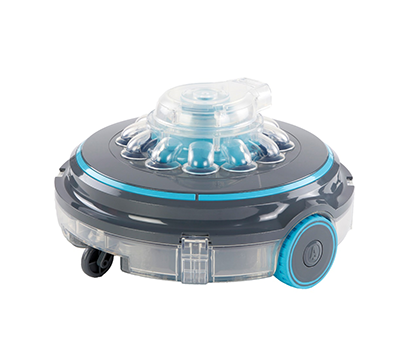
FAQ
How often should you clean the filter basket of your robotic pool cleaner?
You should clean the filter basket after every cleaning cycle. This ensures consistent suction power and prevents debris buildup that can hinder wall-climbing performance.
Tip: Rinse the filter thoroughly with water to remove all dirt and debris.
Why does your robotic pool cleaner struggle to climb walls?
Your cleaner may struggle due to worn-out tracks, improper suction settings, or slippery pool surfaces. Regular maintenance and adjustments can resolve these issues effectively.
Can water chemistry affect your robotic pool cleaner’s performance?
Yes, improper pH levels or calcium buildup can make pool walls slippery. Balanced water chemistry improves adhesion, enhancing your cleaner’s ability to climb walls efficiently.
Note: Test your pool water regularly to maintain optimal pH levels between 7.2 and 7.6.

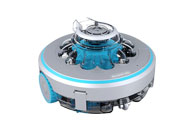 Robotic Pool Cleaner
Robotic Pool Cleaner 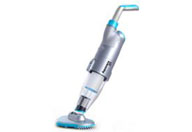 Portable Pool Vacuum Cleaner
Portable Pool Vacuum Cleaner 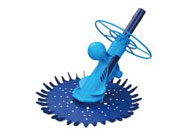 Automatic Pool Cleaner
Automatic Pool Cleaner 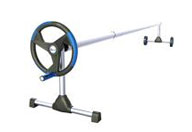 Pool Cover Reel
Pool Cover Reel 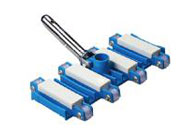 Pool Cleaning Accessories
Pool Cleaning Accessories 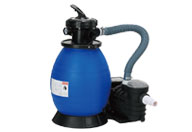 Pool Filter Pump
Pool Filter Pump 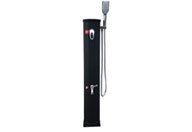 Pool Solar Shower
Pool Solar Shower 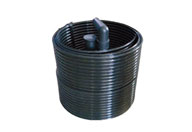 Pool Solar Collector
Pool Solar Collector 